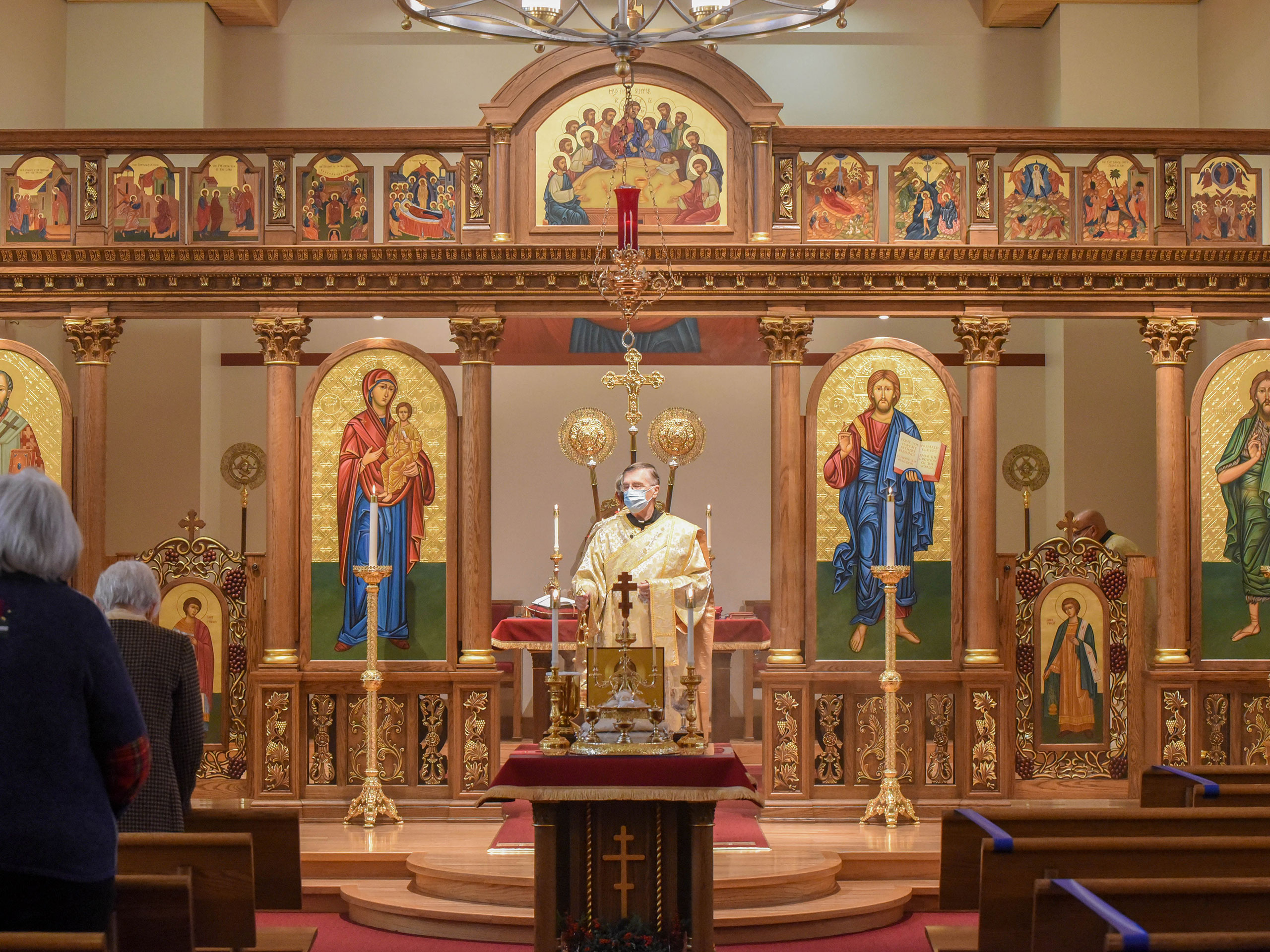After Christ ascended into heaven, his disciples spread the Gospel throughout the world. Though informed by Jewish heritage and the instructions of Christ, the early Christians created their own rituals based on their local traditions.
According to “Orientalium Ecclesiarum,” the Second Vatican Council document about Eastern Christian Churches, the term “rite” simply refers to the liturgy, ecclesiastical discipline and spiritual heritage of a certain group of Christians. But how these Eastern Christian Churches became part of the Catholic Church is a bigger story.
In the ancient world, four major cities became centers of Christianity: Rome, Constantinople, Antioch and Jerusalem. Though Rome was initially most prominent, Constantinople, now Istanbul, Turkey, rose in stature after it was named the capital of the Roman Empire by Emperor Constantine in 330.
“For almost a thousand years the Patriarch of Constantinople presided over the church in the Eastern Roman (Byzantine) Empire and its missionary activity brought the Christian faith in its Byzantine form to many people north of the imperial border,” said Paulist Father Ronald Roberson in his book The Eastern Christian Churches: A Brief Survey. Father Roberson serves as the associate director of the Secretariat of Ecumenical and Interreligious Affairs at the U.S. Conference of Catholic Bishops.
However, over the years a schism slowly developed between Rome and Constantinople. In 1054, an attempt at reconciliation failed when Patriarch Michael Cerularius and Cardinal Humbert, the papal representative, mutually excommunicated each other. Roberson credits the sacking of Constantinople by the Latins in 1204 during the Fourth Crusade as the final nail in the coffin between the Orthodox and Catholic churches.
There were two attempts at formal reconciliation, the Second Council of Lyons in 1274 and the Council of Florence-Ferrara in 1438-9, but “they were ultimately rejected by the general Orthodox population,” said Father Roberson. After the Reformation and the Council of Trent, there was a greater emphasis on the primacy of Rome. “Within this context, it became possible to speak of reconciliation with the Orthodox only as a ‘return’ to Roman obedience,” said Father Roberson.
Though the specifics for each church vary, in general, large groups of Orthodox Christians rejoined the Catholic Church but were able to keep their own distinct liturgy, hierarchy and traditions, creating churches within the church. Technically they are called churches sui iuris, that is, churches in their own right.
This new approach was called uniatism. “(It) was the dominant outlook when significant concrete unions with sections of some Orthodox churches began to take place,” between the late 1500s and the early 1700s, said Father Roberson.
Six Eastern Catholic Churches worship in the Diocese of Arlington — Epiphany of Our Lord Byzantine-Ruthenian Rite Church in Annandale, Holy Transfiguration Melkite-Greek Church in McLean, Annunciation of the Blessed Virgin Mary Byzantine-Ukrainian Church in Manassas. The three remaining groups worship in diocesan, Roman Catholic churches or other spaces: St. Jude Syro-Malabar Church at St. Andrew the Apostle Church in Clifton, the Medhanie Alem Ge’ez Rite Eritrean community at Holy Spirit Church in Annandale, and Sts. Joachim and Anna Ukrainian Church at the Human Life International chapel in in Front Royal.
By population, the Ukrainian Byzantine church is the largest of the Eastern churches with nearly 4.5 million members. Here is a list of all 23 Eastern churches.
Alexandrian Tradition: 425,874 members
1. The Coptic Catholic Church
2. The Ethiopian Catholic Church
3. The Eritrean Catholic Church
Antiochian Tradition: 4,152,487 members
1. The Maronite Catholic Church
2. The Syrian Catholic Church
3. The Syro-Malankara Catholic Church
Armenian Tradition: 757,726 members
1. The Armenian Catholic Church
Chaldean or East Syrian Tradition: 4,879,804 members
1. The Chaldean Catholic Church
2. The Syro-Malabar Catholic Church
Byzantine or Constantinopolitan Tradition, also known as Greek Catholic: 7,556,240 members
1. The Melkite Greek Catholic Church
2. The Ukrainian Greek Catholic Church
3. The Romanian Greek Catholic Church
4. The (Ruthenian) Byzantine Catholic Church USA
5. The Ruthenian Eparchy of Mukacevo, Ukraine
6. The Hungarian Greek Catholic Church
7. The Slovak Greek Catholic Church
8. The Ruthenian Apostolic Exarchate in the Czech Republic (Prague)
9. The Italo-Albanian Greek Catholic Church
10. The Greek Catholic Apostolic Exarchate in Serbia (Novi Sad)
11. The Greek Catholic Eparchy of Križevci, Croatia
12. The Greek Catholic Apostolic Exarchate in FYROM (Macedonia)
13. The Greek Catholic Apostolic Exarchate in Sofia (Bulgaria)
14. The Greek Catholic Apostolic Exarchates in Greece and Istanbul



Learn from the risen Lord